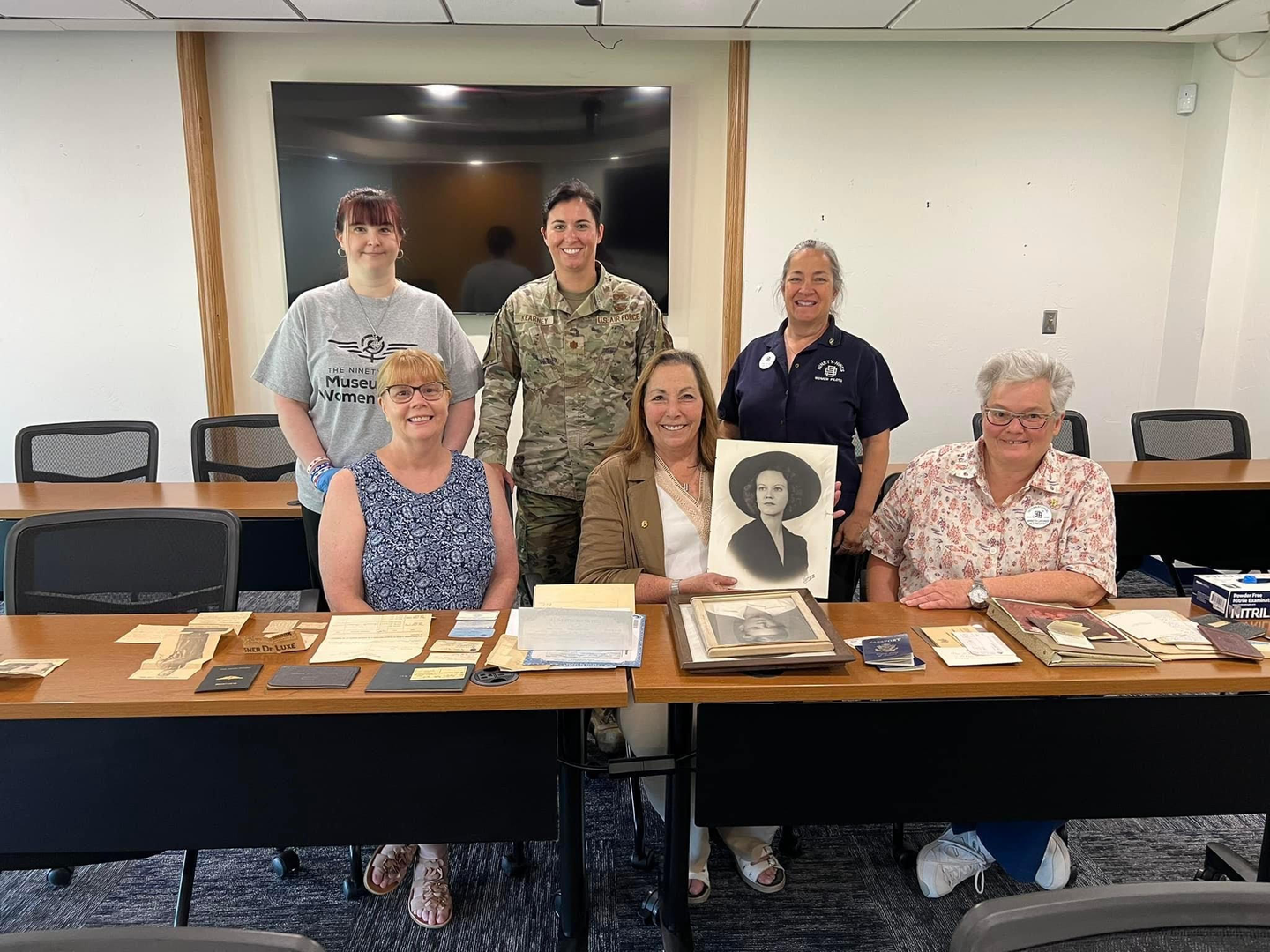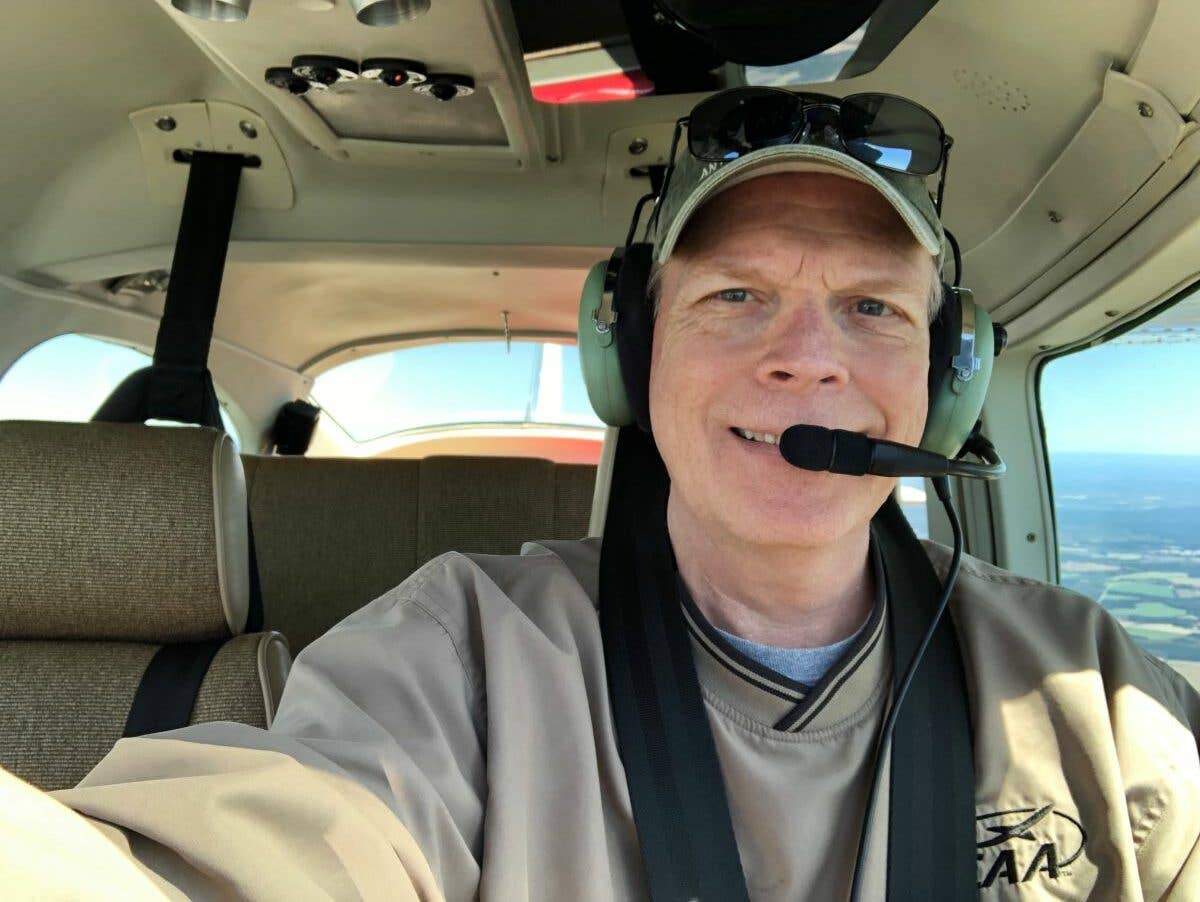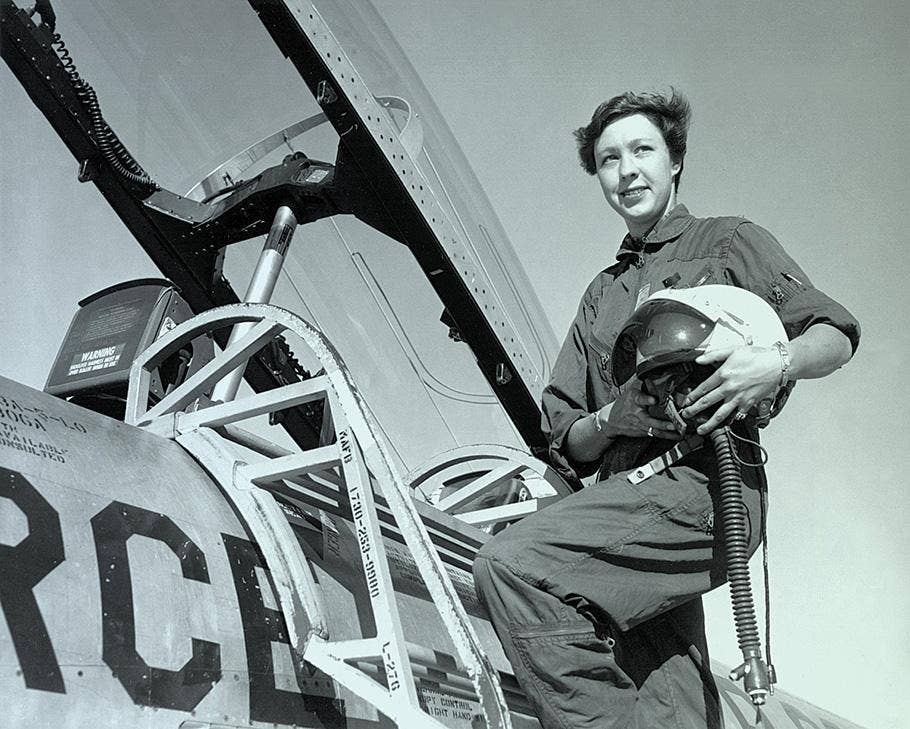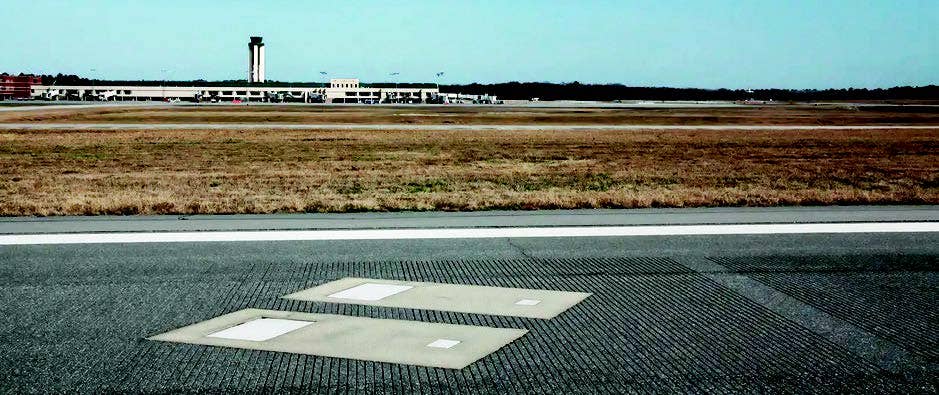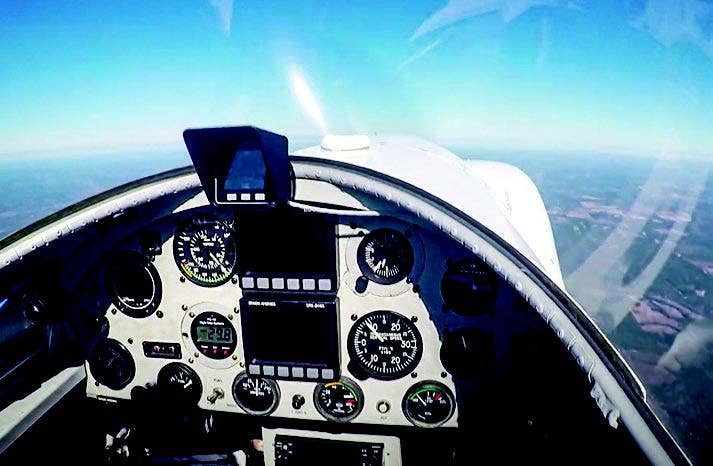The Goodness of Colonel Halvorsen, the Candy Bomber
With the legendary WWII veteran’s passing at age 101, we reflect on his special service in the Berlin Airlift.
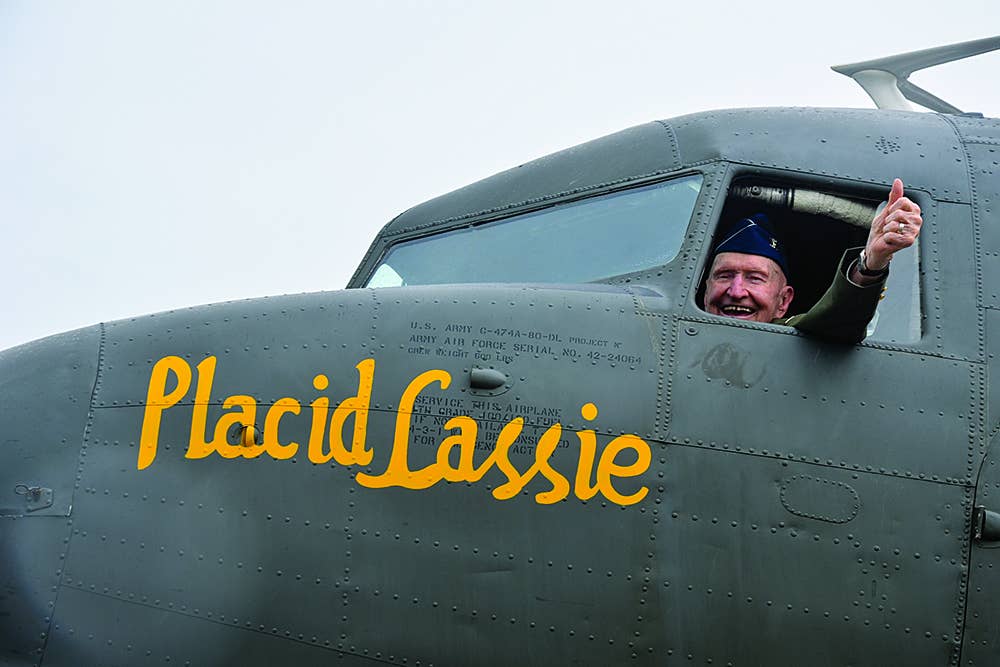
Halvorson crewed and flew WWII combat veteran, Placid Lassie. [Photo: Jon Helminiak]
“I’ll miss his goodness in the world.”
That was the immediate text I took in from a friend after learning the news that Col. Gail Halvorsen, aka “The Candy Bomber,” had died Wednesday at the age of 101.
The legendary pilot, who served in the Berlin Airlift following World War II, passed away surrounded by loved ones, according to a statement from his family.
A Life of Service
Halvorsen—born in Salt Lake City, Utah, on October 10, 1920—joined the U.S. Army Air Forces in May 1942 after obtaining his private pilot certificate in 1941 through the Civilian Pilot Training Program and service in the Civil Air Patrol.
His initial Army pilot training took place at Miami, Oklahoma, where he entered a joint program with the Royal Air Force and British Flying Training School, operated by the Spartan School of Aeronautics. Assigned to large transport aircraft, he spent the war years in the South Pacific Theater.
Following World War II’s conclusion, he remained in the newly chartered U.S. Air Force, and as a lieutenant received orders to fly to Germany to be part of Operation Vittles—what we know as the Berlin Airlift. In July 1948, he began that tour of duty with flights that delivered palettes of food and critical supplies to German civilians for a period of 11 months.
Upon observing the missions from the ground, Halvorsen noted the children all around—and after talking with them dreamed up what would become “Operation Little Vittles.” He figured out a way to affix bags of gum and chocolate to tiny parachutes and drop them specifically for the young people to gather and enjoy, a bright spot in an otherwise dreadful time. The “Candy Bomber” acquired his nickname—and his place in German history as a hero.
Halvorsen retired from the USAF in 1974 with more than 8,000 hours in his logbook.
Remembering the Berlin Airlift
About 70 years later, in June 2019—as an extension of the commemoration of the 75th anniversary of D-Day—a group of fifteen Douglas DC-3s, C-47s, and other variants crossed the Atlantic Ocean in the D-Day Squadron Their mission? To fly over the beaches of Normandy in tribute to those who served and whose lives were lost.
A handful of those airplanes flew on to Berlin following the event to remember the Berlin Airlift, and to offer a connection to those still living who had benefited from Operation Vittles—and Little Vittles.
The airlift—and its commemoration—holds a special place in the hearts of the crews that flew with Halvorsen in what would be his last great mission.
Sherman Smoot, pilot of Betsy’s Biscuit Bomber, of the Estrella Warbirds Museum in Paso Robles, California, was on that commemorative operation in June 2019. He recalls Halvorsen’s unique nature and gift of goodness.
“Colonel Halvorson was a very soft-spoken and gracious man,” said Smoot in response to the colonel’s passing. “We were honored to get to fly him in our C-47 to his celebration on the 70th anniversary of the Berlin Airlift to a small airport just south of Berlin where his entourage picked him up. We were very fortunate to get to chat with him, and it was a very interesting conversation.”
“Gail will forever have a special place with the D-Day Squadron,” said the D-Day Squadron in a statement this week. “Our mission to Germany in 2019 would not have been the commemoration of the century without him. He crewed and flew our WWII combat veteran, Placid Lassie, among other C-47s involved for the Berlin Airlift 70th anniversary.
“Now, with continued flyovers, we can honor his legacy, pay tribute to his military service, and celebrate the life he led, impacting everyone he came into contact with, and those he inspired from afar. Gail was a lifetime member of our DC-3 Society, leaving a legacy with our members. We will never forget the strength and kindness he showed us all.”
“He actually autographed our aircraft which was to the delight of our crew,” added Smoot. “He told me he had no idea that just a small thing of thoughtfulness for the children of Berlin would lead to such a formidable humanitarian hammer against the Soviet Union.”
"I knew the stories and understood the significance, but not on a visceral level,” said Eric Zipkin, pilot and operator of Placid Lassie in a previous interview with FLYING about the 70th anniversary event in Berlin. “With 50,000 to 60,000 people getting on board the airplane and breaking down and crying, that direct connection, it's extraordinary. We closed out a military operation with a humanitarian mission.
“It speaks to how, as a country, we step up as a leader.”
We “step up” because of heroes like Halvorsen, their kindness, and their humanity. He never thought of himself as a star, but he clearly shone brightly as one in the eyes of so many whose lives he touched.

Subscribe to Our Newsletter
Get the latest FLYING stories delivered directly to your inbox


